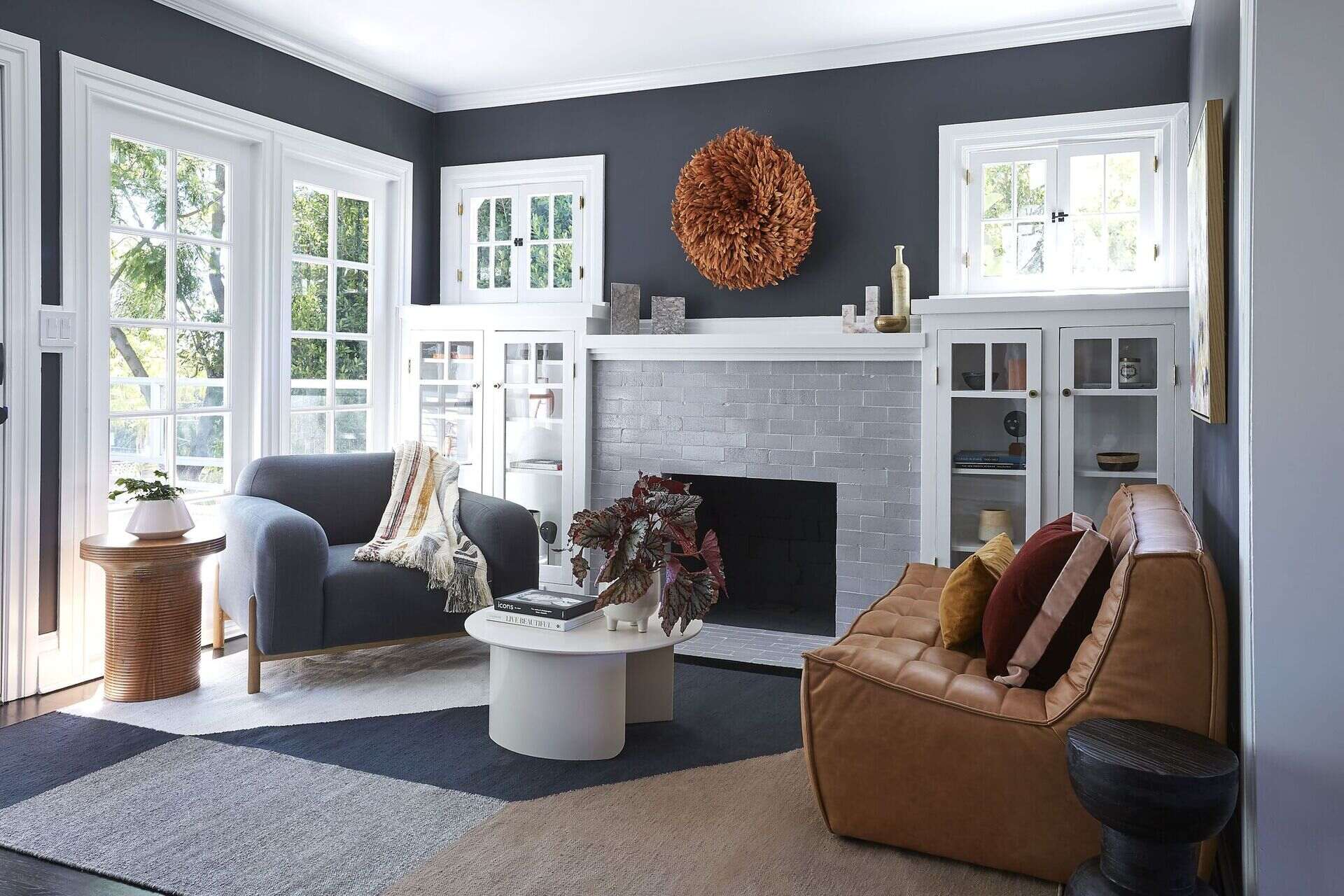

Articles
How To Place Furniture In Small Living Room
Modified: January 20, 2024
Learn how to efficiently place furniture in a small living room with our expert articles. Maximize space and create a cozy atmosphere.
(Many of the links in this article redirect to a specific reviewed product. Your purchase of these products through affiliate links helps to generate commission for Storables.com, at no extra cost. Learn more)
Introduction
Placing furniture in a small living room can be a challenging task. With limited space, it’s essential to make every square inch count while still creating a functional and aesthetically pleasing space. Whether you’re dealing with a compact apartment or a cozy house, there are several strategies you can employ to optimize your living room layout and maximize the space you have.
In this article, we’ll share some expert tips on how to place furniture in a small living room. From assessing the space to choosing the right furniture and arranging it for functionality, we’ll cover everything you need to know to create a stylish and efficient living room in a limited area.
So let’s dive in and explore how to transform your small living room into a comfortable and inviting space through smart furniture placement.
Key Takeaways:
- Maximize space in a small living room by choosing compact, multi-functional furniture, utilizing vertical storage, and creating the illusion of space with lighting and mirrors.
- Prioritize functionality and flow by arranging furniture in zones, maintaining an open layout, and making use of every nook and corner for a well-balanced and inviting small living room.
Assessing the Space
Before you begin placing furniture in your small living room, it’s important to assess the space you have. Take measurements of the room and make note of any architectural features such as windows, doors, and existing built-in furniture. Understanding the layout and dimensions of the room will help you make informed decisions when choosing furniture and arranging it later.
Consider the traffic flow in the room and identify any potential obstacles or areas that need to be cleared for movement. This is particularly crucial in small living rooms, as cluttered pathways can make the space feel even smaller. By taking note of these aspects, you can create a layout that not only fits your furniture but also promotes a smooth and functional flow.
Another important factor to consider is the natural light in the room. Determine which areas receive the most sunlight and how it affects the overall ambiance. This will inform your decision on where to place key furniture pieces, such as a seating area near a window to take advantage of the natural light.
Finally, take into account the existing color scheme and decor theme of the room. This will guide you in selecting furniture that complements the overall aesthetic and creates a cohesive look.
By thoroughly analyzing the space, you can identify its strengths and limitations and make informed choices when it comes to furniture placement.
Choosing the Right Furniture
When it comes to small living rooms, selecting the right furniture is crucial. Opt for pieces that are appropriately sized and have a compact design to maximize the available space. Here are some tips to help you choose the right furniture:
- Measurements: Refer to the measurements you took earlier to ensure that the furniture you choose will fit comfortably in your living room without overwhelming the space.
- Multipurpose Furniture: Look for furniture with built-in storage, such as ottomans or coffee tables with hidden compartments. This will help you maximize functionality while minimizing clutter.
- Lightweight Pieces: Consider furniture made from lightweight materials that can be easily moved around whenever you need to rearrange the layout. This will provide you with the flexibility to adapt your living room setup to your changing needs.
- Leggy Designs: Opt for furniture with raised legs, as they create an illusion of space by allowing light to pass through and providing a sense of openness.
- Neutral Colors: Choose furniture in neutral colors, such as white, beige, or light gray, as they visually expand the space and create an airy atmosphere.
- Reflective Surfaces: Incorporate furniture with reflective surfaces, like glass or mirrored finishes, to bounce light around the room and make it appear larger.
Remember, the goal is to select furniture that is functional, visually appealing, and space-saving.
Arranging Furniture for Functionality
Once you have chosen the right furniture for your small living room, it’s time to arrange it in a way that maximizes functionality. Here are some tips to help you achieve a well-organized and functional living space:
- Create Zones: Divide your living room into functional zones, such as a seating area, a media area, and a workspace if needed. This allows you to designate specific areas for different activities and ensure that each zone serves its purpose.
- Focus on the Focal Point: Determine the focal point of the room, be it a fireplace, a TV, or a stunning view, and arrange furniture around it. This creates a visually pleasing layout and encourages conversation and interaction.
- Consider Traffic Flow: Arrange the furniture in a way that promotes a smooth traffic flow. Leave enough space between pieces to allow for easy movement and avoid blocking walkways or doorways.
- Maintain an Open Layout: Avoid overcrowding the room with too many furniture pieces. Instead, opt for a minimalist approach and leave some negative space to create an open and airy feel.
- Place Furniture Against Walls: In small living rooms, it’s often best to place furniture against the walls to maximize floor space. However, don’t be afraid to experiment with different angles or floating furniture away from the walls to add depth and visual interest.
- Consider Scale and Proportion: Ensure that the furniture you choose is proportional to the size of the room. Avoid oversized pieces that overpower the space and opt for smaller, more streamlined options.
By arranging your furniture with functionality in mind, you can create a well-balanced and efficient layout that makes the most of your limited space.
Creating the Illusion of Space
In a small living room, creating the illusion of space is key to making the room feel larger and more open. Here are some strategies to help you achieve this:
- Color Palette: Use light, neutral colors on the walls, ceiling, and larger furniture pieces. Lighter shades reflect more light and make the room appear more spacious. You can add pops of color through accessories and accent pieces.
- Vertical Stripes: Incorporate vertical stripes in your curtains, rugs, or wall decor. Vertical lines draw the eyes upward, giving the impression of height and making the room feel taller.
- Mirrors: Hang mirrors strategically to create the illusion of depth and reflect light around the room. Place a large mirror opposite a window to maximize the natural light and make the space feel brighter and more expansive.
- Minimal Window Treatments: Choose sheer or light-colored curtains that allow natural light to flow into the room. Avoid heavy draperies or curtains that cover the windows completely, as they can make the space appear smaller.
- Hidden Storage: Utilize hidden storage solutions to keep the room clutter-free. Consider ottomans with internal compartments, wall-mounted shelves, or built-in cabinets to maximize storage without sacrificing floor space.
- Declutter: Keep the living room tidy and organized by regularly decluttering. Remove any unnecessary items and keep surfaces clean and minimal. A clutter-free space feels more open and spacious.
- Lighting: Incorporate a combination of ambient, task, and accent lighting to create a well-lit space. Adequate lighting not only brightens up the room but also enhances its overall size and atmosphere.
By implementing these techniques, you can create the illusion of a larger space, making your small living room feel more open and welcoming.
Maximizing Vertical Space
In a small living room, it’s important to make the most of every inch of available space, including vertical space. Here are some tips to help you maximize vertical space and create a more functional and visually appealing living area:
- Wall-Mounted Shelving: Install wall-mounted shelves to store books, decor items, or even display artwork. This not only frees up valuable floor space but also draws the eye upwards, making the room feel taller.
- Utilize Tall Furniture: Choose tall furniture pieces, such as bookshelves or cabinets, that take advantage of the vertical space without taking up too much floor space. This provides additional storage options and creates a sense of height in the room.
- Floor-to-Ceiling Curtains: Hang curtains from the ceiling to the floor, even if the windows are smaller. This creates the illusion of taller windows and makes the room feel more spacious.
- Vertical Wall Decor: Hang vertical artwork or mirrors to elongate the walls and create a sense of height. This visually expands the space and adds interest to the room.
- Stackable Storage Units: Invest in stackable storage units or modular furniture that can be vertically arranged to maximize storage without taking up too much floor space. This allows you to customize the layout according to your needs.
- Use High Ceilings: If your living room has high ceilings, take advantage of that vertical space by adding tall plants, hanging pendant lights, or incorporating a statement chandelier. These elements draw the eye upwards and create a sense of grandeur.
- Vertical Patterns: Choose wallpapers or fabrics with vertical patterns to make the walls appear taller. Stripes, chevron, or vertical lines visually elongate the space and give the illusion of higher ceilings.
By utilizing the vertical space in your small living room, you can make the room feel more expansive and create additional storage options without sacrificing floor space.
When placing furniture in a small living room, consider using multi-functional pieces such as a storage ottoman or a sofa bed to maximize space and functionality. This will help you make the most of the limited space available.
Incorporating Multi-functional Pieces
In a small living room, it’s essential to make the most of every piece of furniture by incorporating multi-functional pieces. These versatile items not only save space but also serve multiple purposes, making them valuable additions to your small living room. Here are some suggestions for incorporating multi-functional furniture:
- Sofa Beds: Opt for a sofa bed instead of a traditional sofa to provide seating during the day and a comfortable bed for guests at night. This eliminates the need for a separate guest room and maximizes the functionality of your living space.
- Ottomans with Storage: Choose ottomans with built-in storage compartments to store blankets, pillows, or other items. These can also double as extra seating or a coffee table when needed.
- Convertible Tables: Consider a coffee table that can be adjusted to different heights or expanded into a dining table. This allows you to use the table for multiple purposes and adapt to varying needs.
- TV Stands with Storage: Look for TV stands or entertainment centers with built-in storage shelves or cabinets. This provides a designated space for your television while also offering storage for media devices, books, or other items.
- Foldable Chairs: Invest in foldable chairs that can be easily stored away when not in use. These can be brought out for extra seating when guests come over or folded and tucked away to save space.
- Nesting Tables: Use nesting tables that can be stacked together or separated to create different surface areas. This provides flexibility in your living room layout and allows for easy storage when not in use.
- Built-in Desks: If you need a workspace in your living room, consider installing a built-in desk along a wall or in a nook. This saves space and provides a designated area for work or study.
By incorporating multi-functional furniture pieces, you can maximize the functionality of your small living room without compromising on comfort or style.
Making Use of Every Nook and Corner
In a small living room, it’s important to utilize every nook and corner to maximize your space and create a functional layout. Here are some ideas to help you make the most of those tight spaces:
- Corner Shelves: Install corner shelves to take advantage of unused wall space. This provides storage for books, decor items, or plants without taking up valuable floor space.
- Floating Shelves: Hang floating shelves on empty walls to display artwork, photos, or small decorative pieces. This adds visual interest and makes use of vertical space.
- Window Sills: Transform window sills into functional spaces by adding a cushion and pillows to create a cozy reading nook. This utilizes the area while providing a comfortable spot to relax.
- Under Stairs Storage: If your living room has stairs, utilize the space beneath them for storage. Install drawers or shelves to store items like shoes, books, or extra blankets.
- Wall-mounted Desks: Create a compact workspace by installing a wall-mounted desk in an unused corner. This allows you to have a designated area for work or studying without taking up too much space.
- Vertical Hanging Organizers: Hang vertical hanging organizers on the back of doors or on walls to store small items like keys, remote controls, or stationery. This keeps them easily accessible while minimizing visual clutter.
- Pull-out Sofas or Murphy Beds: If you have limited space for a separate guest room, consider a pull-out sofa or a Murphy bed. These can be concealed when not in use and provide sleeping options for guests without sacrificing floor space.
- Utilize Corners for Seating: Place a corner sofa or a loveseat in a corner to utilize the space efficiently and create a cozy seating area. Add pillows and throws to make it inviting and comfortable.
By thinking creatively and making use of every nook and corner, you can optimize the available space in your small living room and create a functional and visually appealing layout.
Enhancing with Lighting and Mirrors
Lighting and mirrors play a crucial role in enhancing the visual appeal and functionality of a small living room. They have the power to create the illusion of space, brighten up the room, and add a touch of elegance. Here are some tips for effectively using lighting and mirrors in your small living room:
- Natural Light: Maximize the amount of natural light in the room by keeping windows clean and free from obstacles. Use sheer curtains or blinds that can be easily opened to let in sunlight. Natural light creates a sense of openness and makes the space feel larger.
- Ambient Lighting: Install ambient lighting fixtures, such as ceiling lights, wall sconces, or recessed lighting, to provide overall illumination in the room. Make sure to distribute the lights evenly to avoid any dark corners and create a balanced ambiance.
- Task Lighting: Incorporate task lighting in specific areas of the living room where focused light is needed, such as reading nooks or workspaces. Desk lamps, floor lamps, or adjustable spotlights are great options to provide targeted lighting without overwhelming the space.
- Mirrors: Hang mirrors strategically to reflect light and create a sense of depth in your small living room. Place mirrors opposite windows to maximize the natural light and make the room appear brighter. Additionally, use mirrors on walls adjacent to artwork or other decor to create the illusion of a larger space.
- Decorative Lighting: Add decorative lighting elements, such as table lamps, pendant lights, or string lights, to create a warm and cozy atmosphere. Choose fixtures that complement the overall style of your living room and provide additional visual interest.
- Dimmer Switches: Install dimmer switches for your lighting fixtures to easily adjust the intensity of light according to the mood or time of day. This allows you to create a softer ambiance in the evenings or for relaxation.
- Highlighting Artwork: Use accent lighting or picture lights to highlight artwork or decorative pieces on the walls. This draws attention to specific areas and adds a focal point, diverting attention from the size of the room.
By strategically incorporating lighting fixtures and mirrors in your small living room, you can create an inviting atmosphere, enhance the perceived space, and improve the overall ambiance.
Final Tips for Small Living Room Furniture Placement
When it comes to placing furniture in a small living room, every decision counts. Here are some final tips to keep in mind to optimize your furniture placement:
- Keep it Simple: Avoid cluttering the room with too much furniture. Stick to essential pieces that serve a purpose and create a sense of openness. Less is more in a small living room.
- Consider Scale and Proportion: Ensure that the scale of your furniture is appropriate for the size of the room. Avoid oversized pieces that overwhelm the space. Opt for furniture with sleek profiles and clean lines to create a more spacious feel.
- Create Visual Balance: Distribute furniture evenly throughout the room to maintain visual balance. Avoid placing all the large pieces on one side and leaving the other side empty, as it can make the room feel lopsided.
- Create Conversation Areas: Arrange seating in a way that promotes conversation and interaction. Face sofas and chairs towards each other to create a cozy and inviting atmosphere.
- Use Rugs to Define Spaces: Use area rugs to delineate different functional spaces within the living room. This helps to create visual boundaries and adds a sense of coziness to each area.
- Leave Ample Walkways: Ensure that there is enough space for easy movement within the room. Leave sufficient walkways between furniture pieces to avoid a cramped and cluttered feel.
- Utilize Vertical Storage: Make use of vertical storage options, such as wall-mounted shelves or floor-to-ceiling bookcases, to keep your belongings organized and minimize clutter on tabletops and surfaces.
- Consider Traffic Flow: Take into account the natural flow of foot traffic in the room. Arrange furniture in a way that allows for easy movement and avoids blocking doorways or pathways.
- Personalize with Accessories: Add your personal touch to the living room with carefully curated accessories and decor items. These can bring character to the space without taking up too much room.
- Regularly Assess and Adjust: Over time, assess the layout and functionality of your living room and make adjustments as needed. As your needs change, don’t be afraid to rearrange furniture or swap out pieces to better suit your lifestyle.
By following these final tips, you can create a well-designed and functional living room that maximizes the available space and reflects your personal style.
Conclusion
Designing and arranging furniture in a small living room can be a challenge, but with the right strategies, you can create a stylish and functional space that maximizes every square inch. By assessing the space, choosing the right furniture, and arranging it for functionality, you can optimize the layout of your living room.
Creating the illusion of space through clever techniques like using light, mirrors, and vertical storage helps to enhance the visual appeal and make the room feel more expansive. Incorporating multi-functional furniture pieces and making use of every nook and corner allows you to maximize the functionality of your living room while utilizing the available space effectively.
Attention to detail in lighting, such as ambient, task, and decorative lighting, adds depth and ambiance to your living room. Additionally, thoughtful placement of furniture, maintaining balance and creating designated areas for different activities, contributes to a comfortable and inviting atmosphere.
Remember that furniture placement is not set in stone. Regularly reassessing and adjusting the layout of your small living room allows you to accommodate changing needs and preferences.
In conclusion, with careful planning and the implementation of these tips, you can transform your small living room into a cozy and stylish space that meets your needs and reflects your personal style. Embrace the challenge and enjoy the process of creating a beautiful living room, no matter its size!
Frequently Asked Questions about How To Place Furniture In Small Living Room
Was this page helpful?
At Storables.com, we guarantee accurate and reliable information. Our content, validated by Expert Board Contributors, is crafted following stringent Editorial Policies. We're committed to providing you with well-researched, expert-backed insights for all your informational needs.
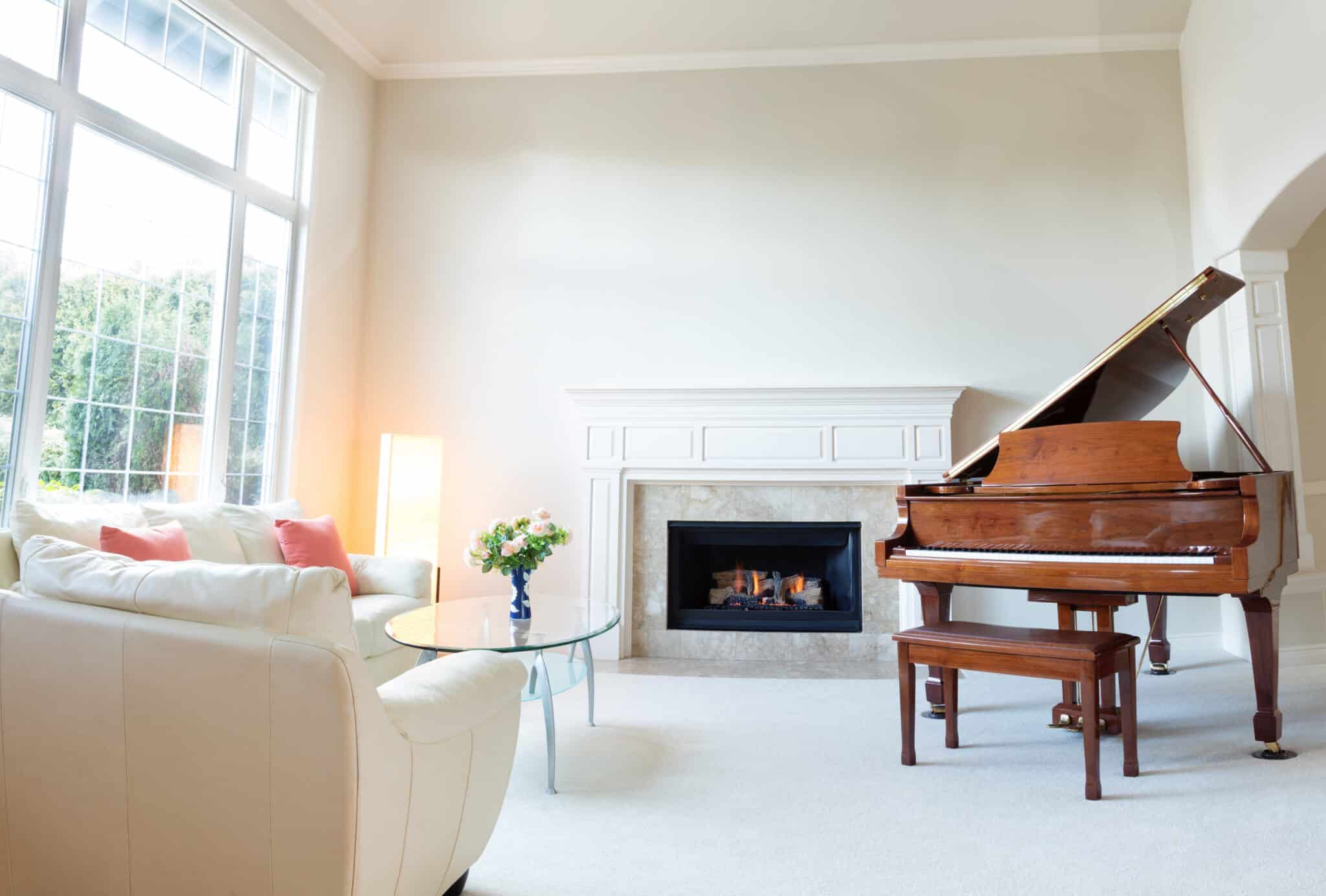
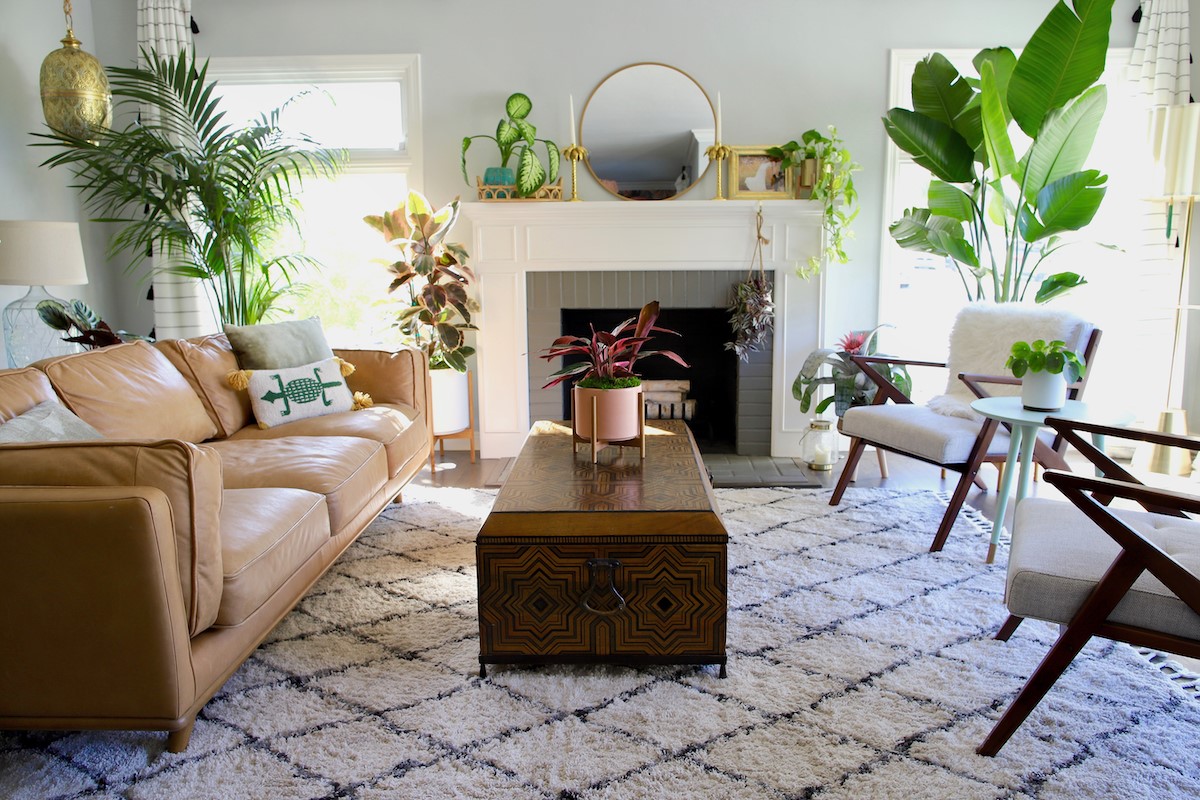
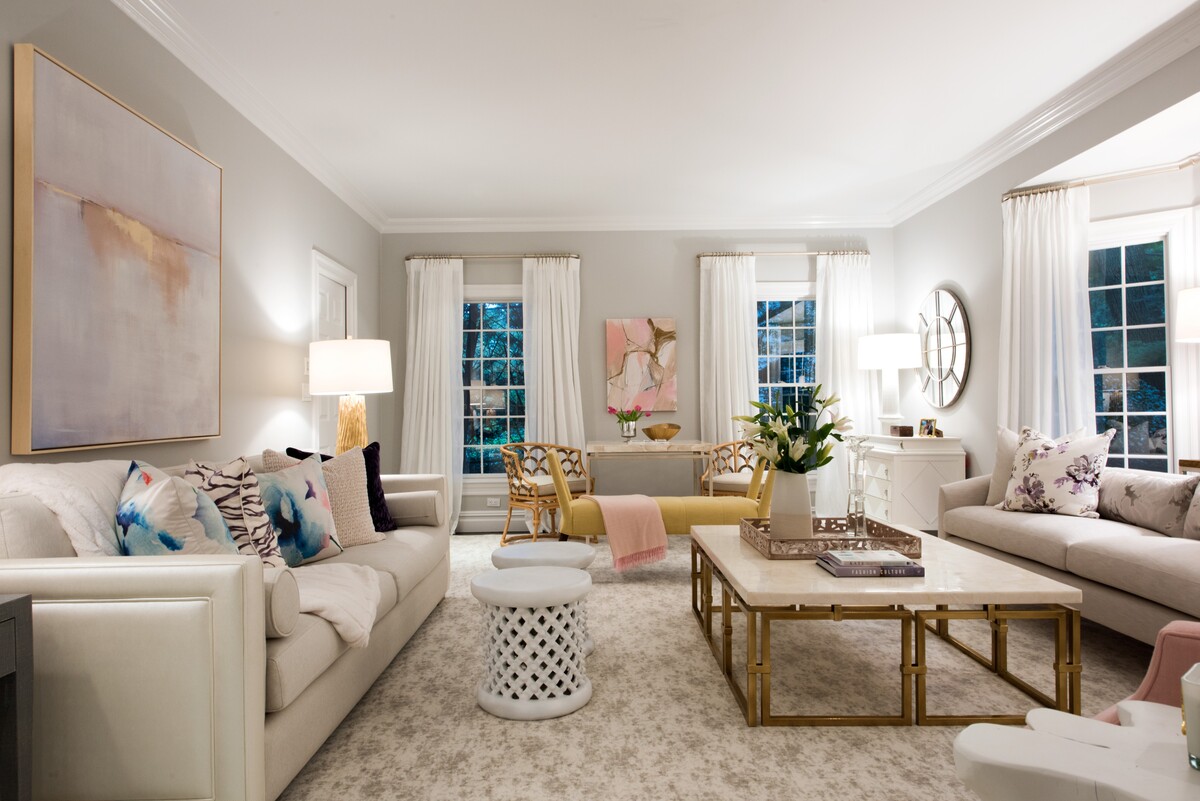
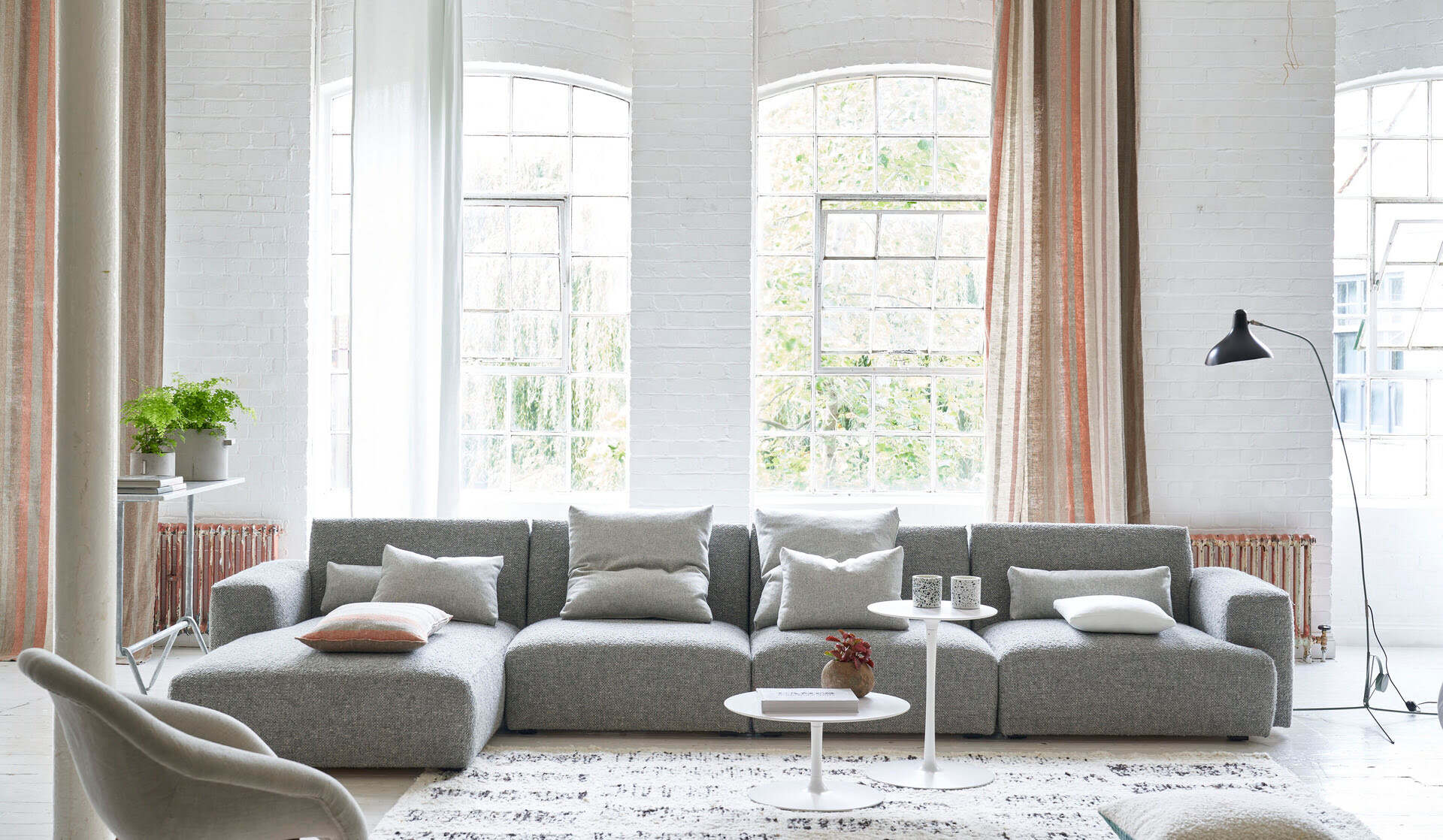
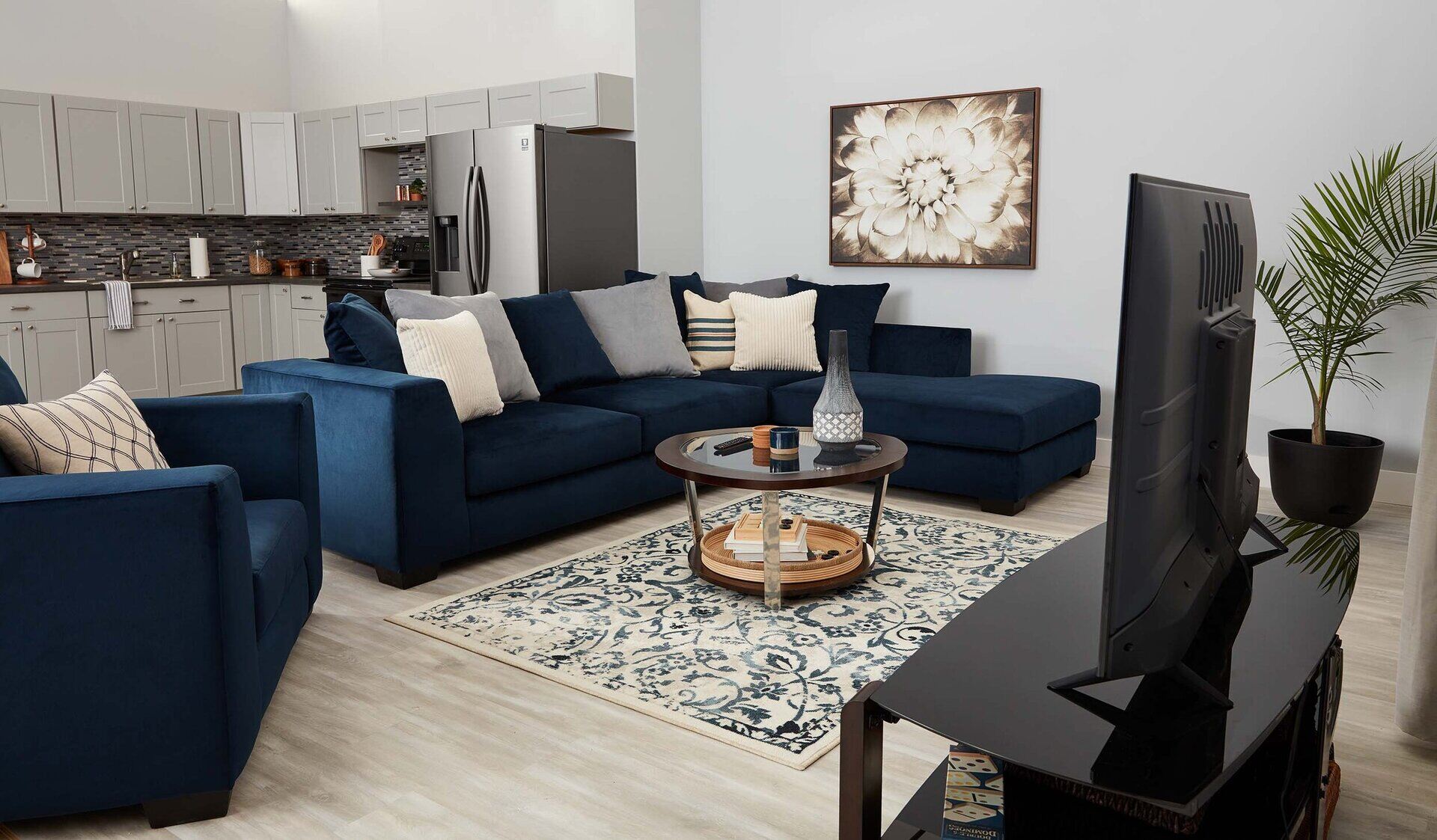
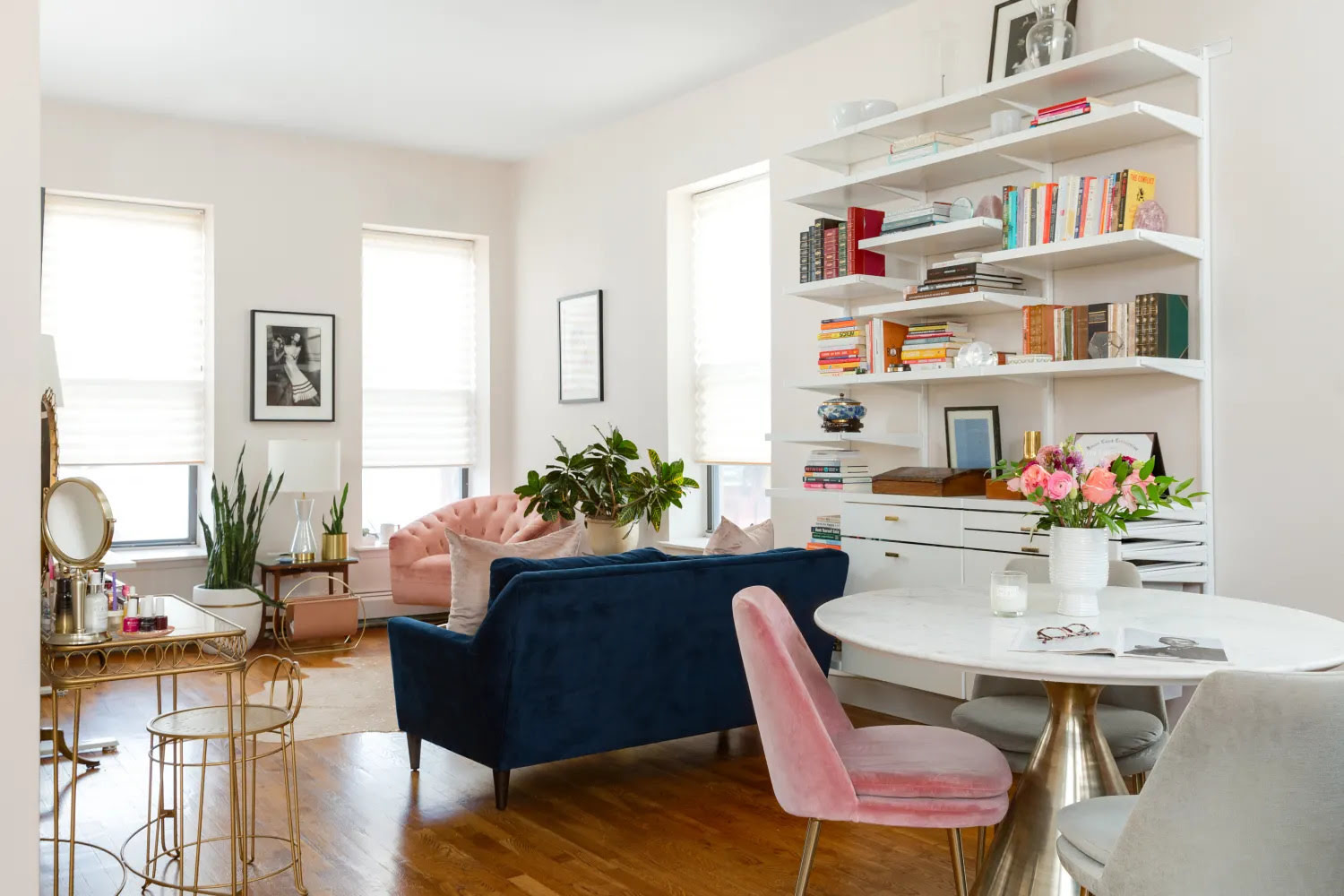
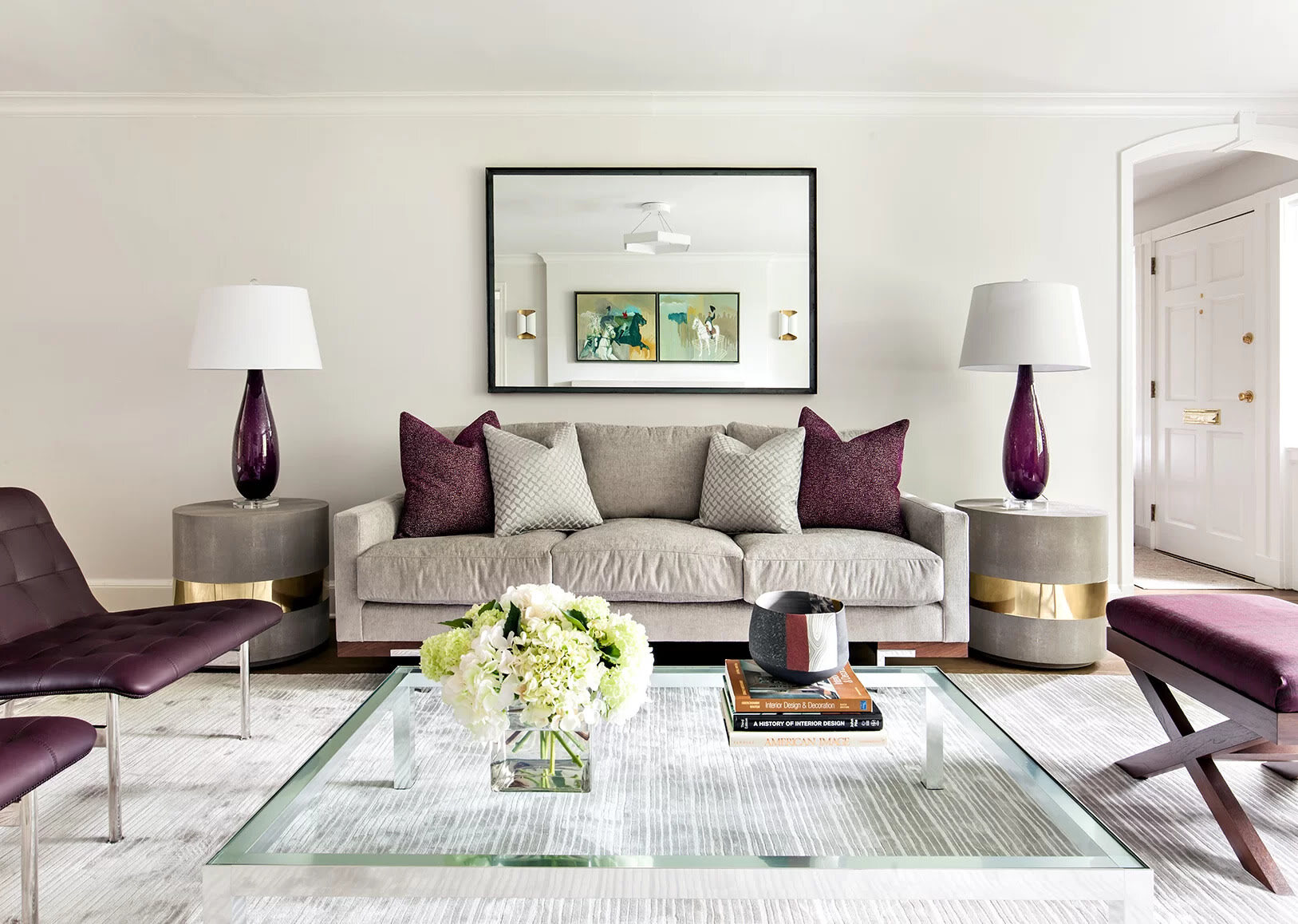
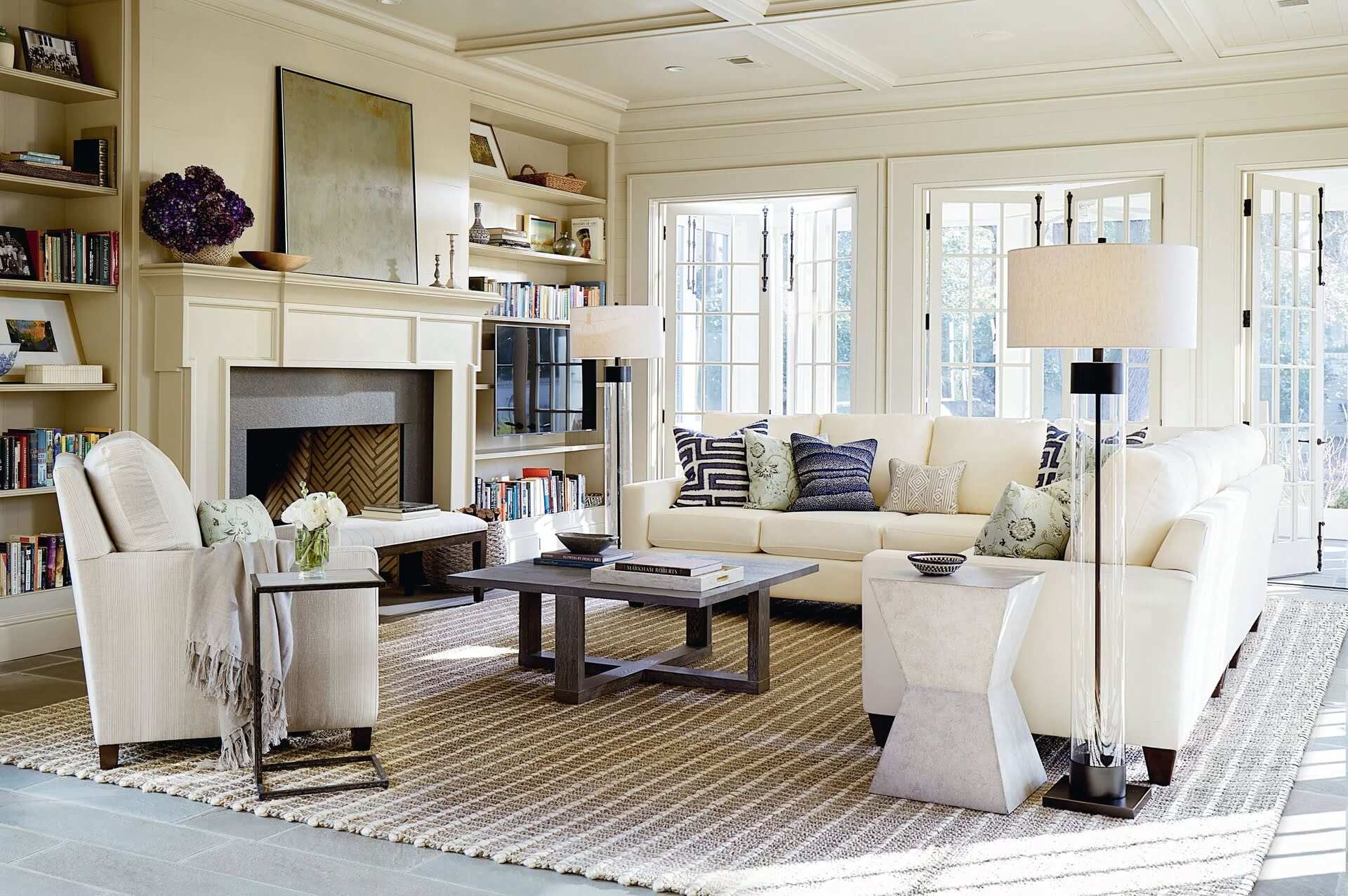
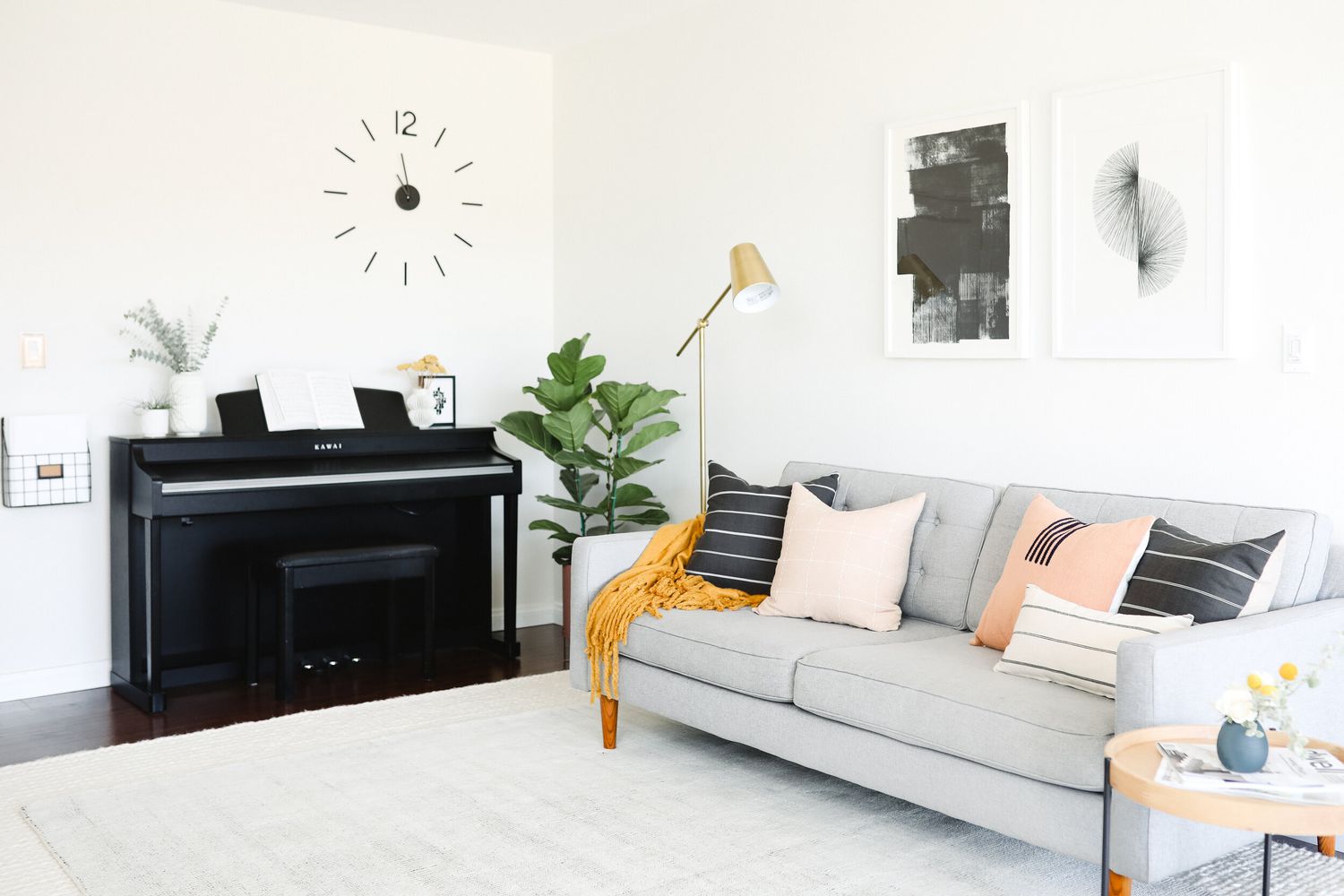
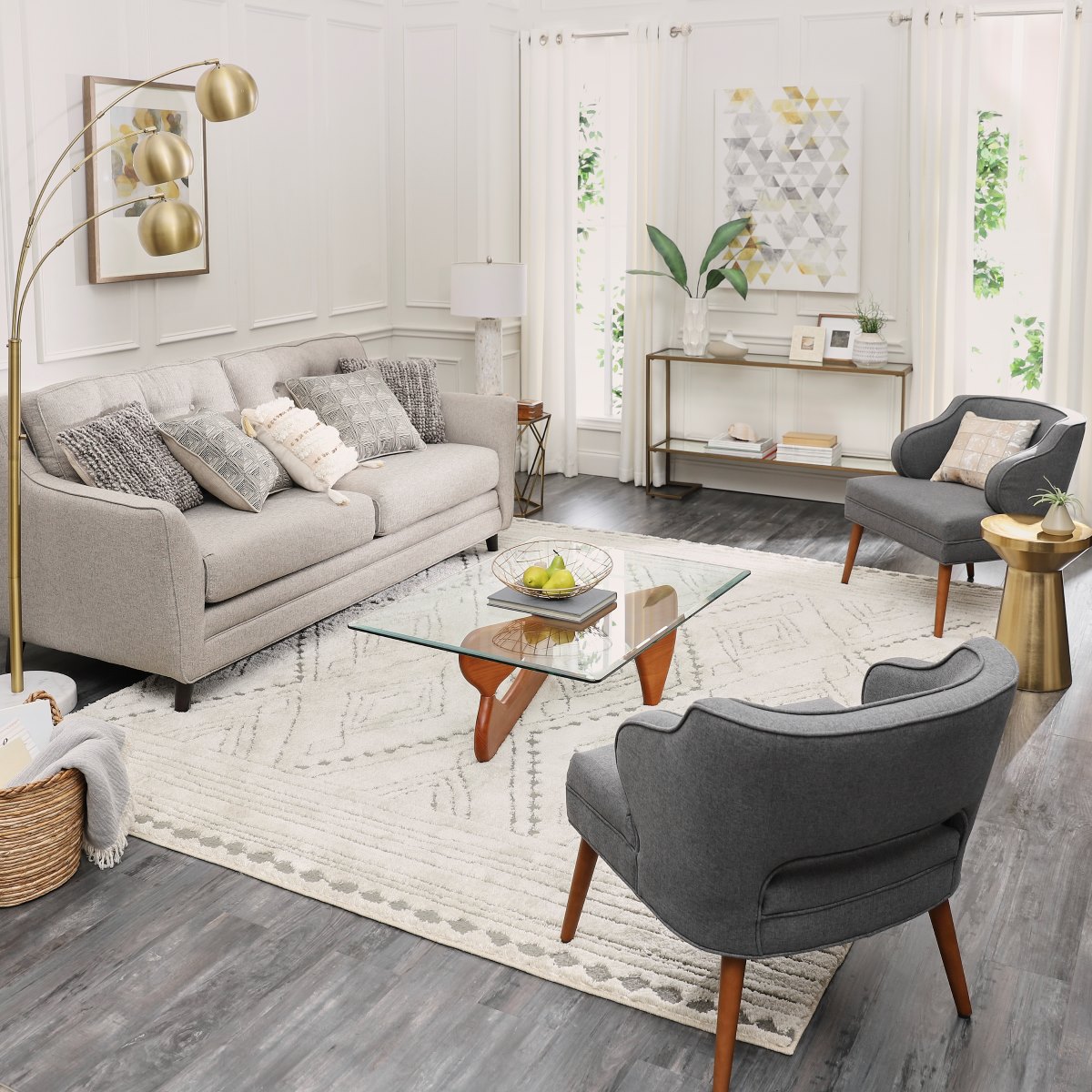
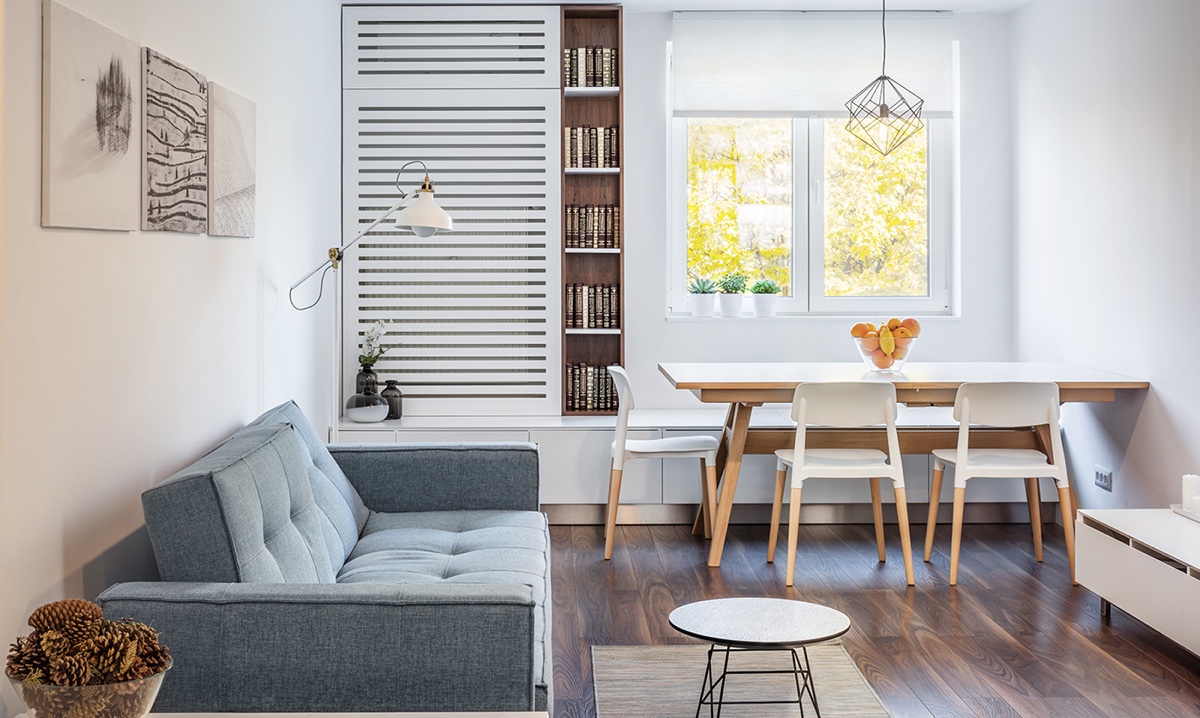
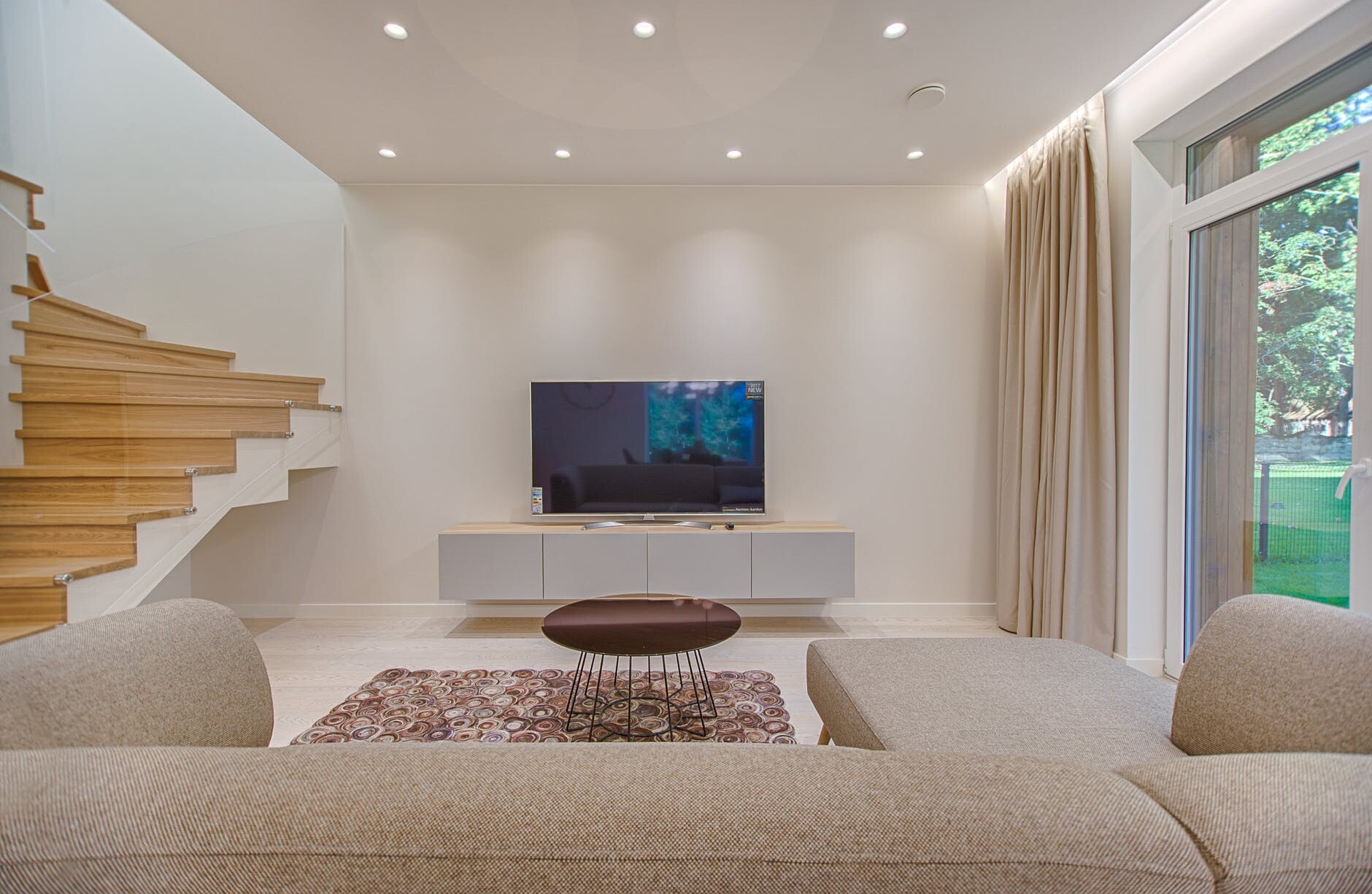
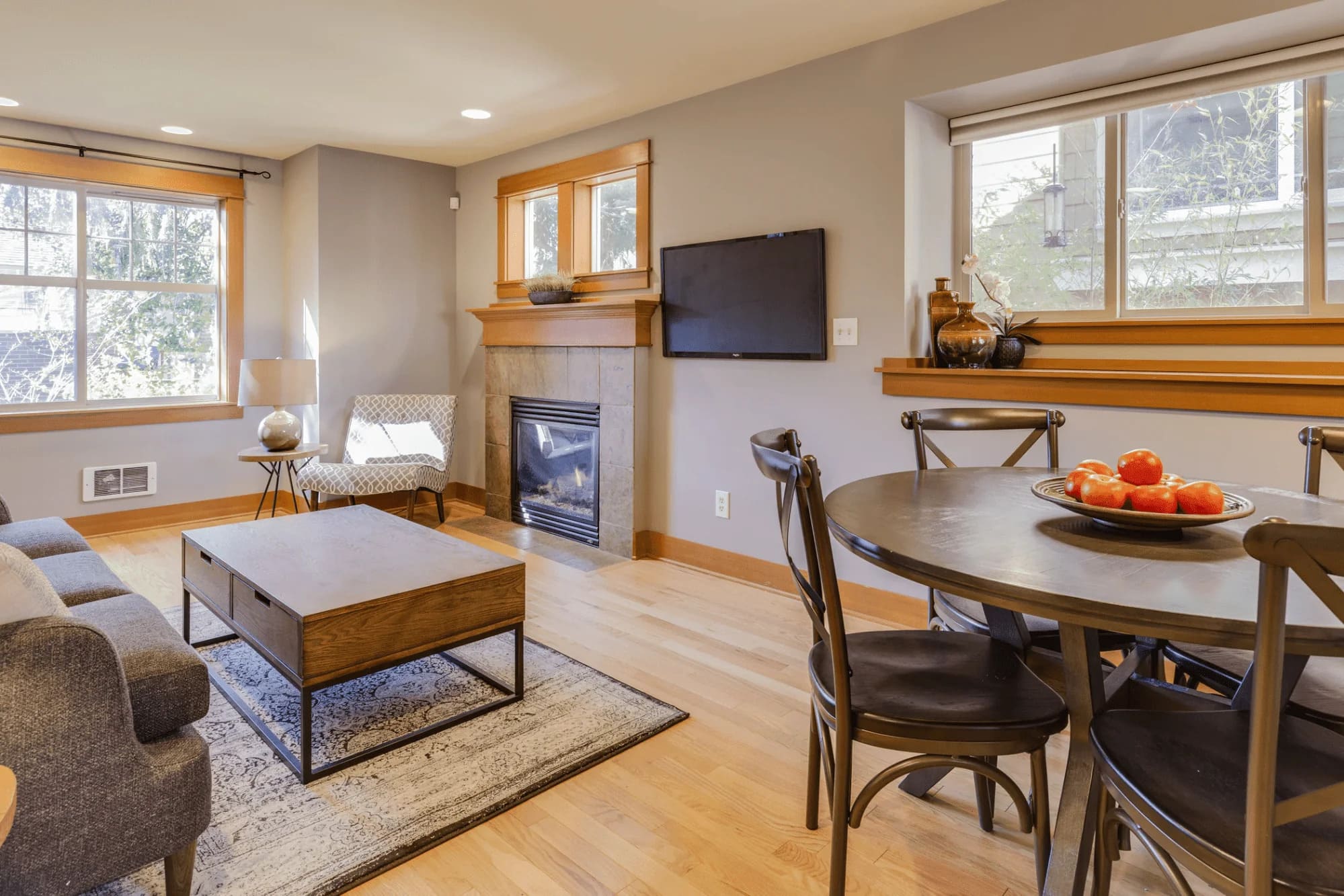

0 thoughts on “How To Place Furniture In Small Living Room”